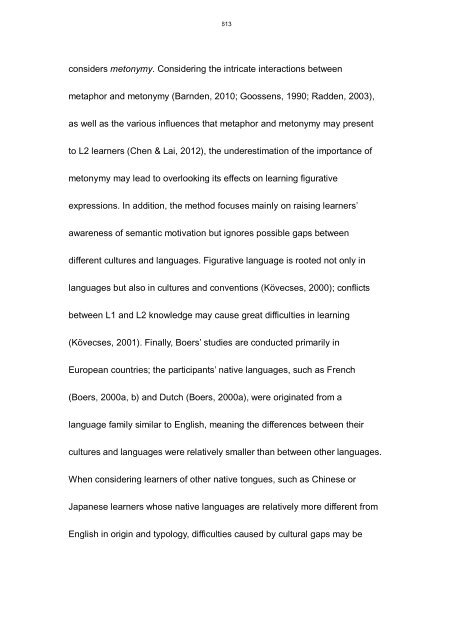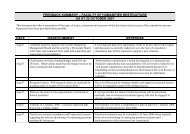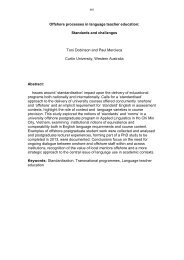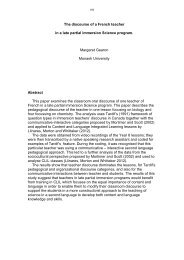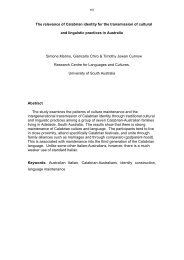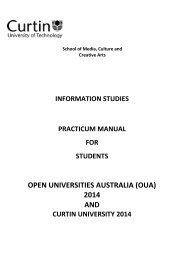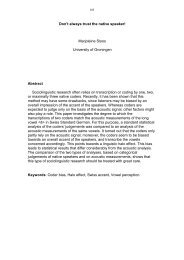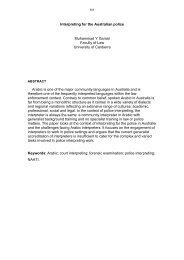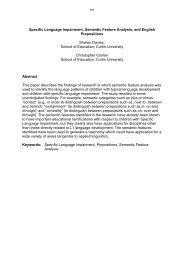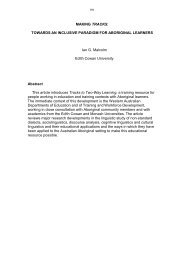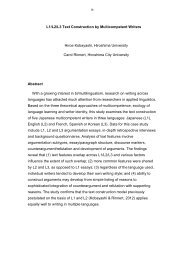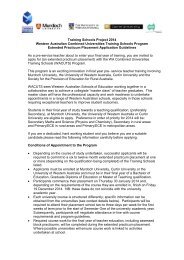Yi-chen and Huei-ling Lai - Humanities
Yi-chen and Huei-ling Lai - Humanities
Yi-chen and Huei-ling Lai - Humanities
- No tags were found...
You also want an ePaper? Increase the reach of your titles
YUMPU automatically turns print PDFs into web optimized ePapers that Google loves.
613considers metonymy. Considering the intricate interactions betweenmetaphor <strong>and</strong> metonymy (Barnden, 2010; Goossens, 1990; Radden, 2003),as well as the various influences that metaphor <strong>and</strong> metonymy may presentto L2 learners (Chen & <strong>Lai</strong>, 2012), the underestimation of the importance ofmetonymy may lead to overlooking its effects on learning figurativeexpressions. In addition, the method focuses mainly on raising learners’awareness of semantic motivation but ignores possible gaps betweendifferent cultures <strong>and</strong> languages. Figurative language is rooted not only inlanguages but also in cultures <strong>and</strong> conventions (Kövecses, 2000); conflictsbetween L1 <strong>and</strong> L2 knowledge may cause great difficulties in learning(Kövecses, 2001). Finally, Boers’ studies are conducted primarily inEuropean countries; the participants’ native languages, such as French(Boers, 2000a, b) <strong>and</strong> Dutch (Boers, 2000a), were originated from alanguage family similar to English, meaning the differences between theircultures <strong>and</strong> languages were relatively smaller than between other languages.When considering learners of other native tongues, such as Chinese orJapanese learners whose native languages are relatively more different fromEnglish in origin <strong>and</strong> typology, difficulties caused by cultural gaps may be


